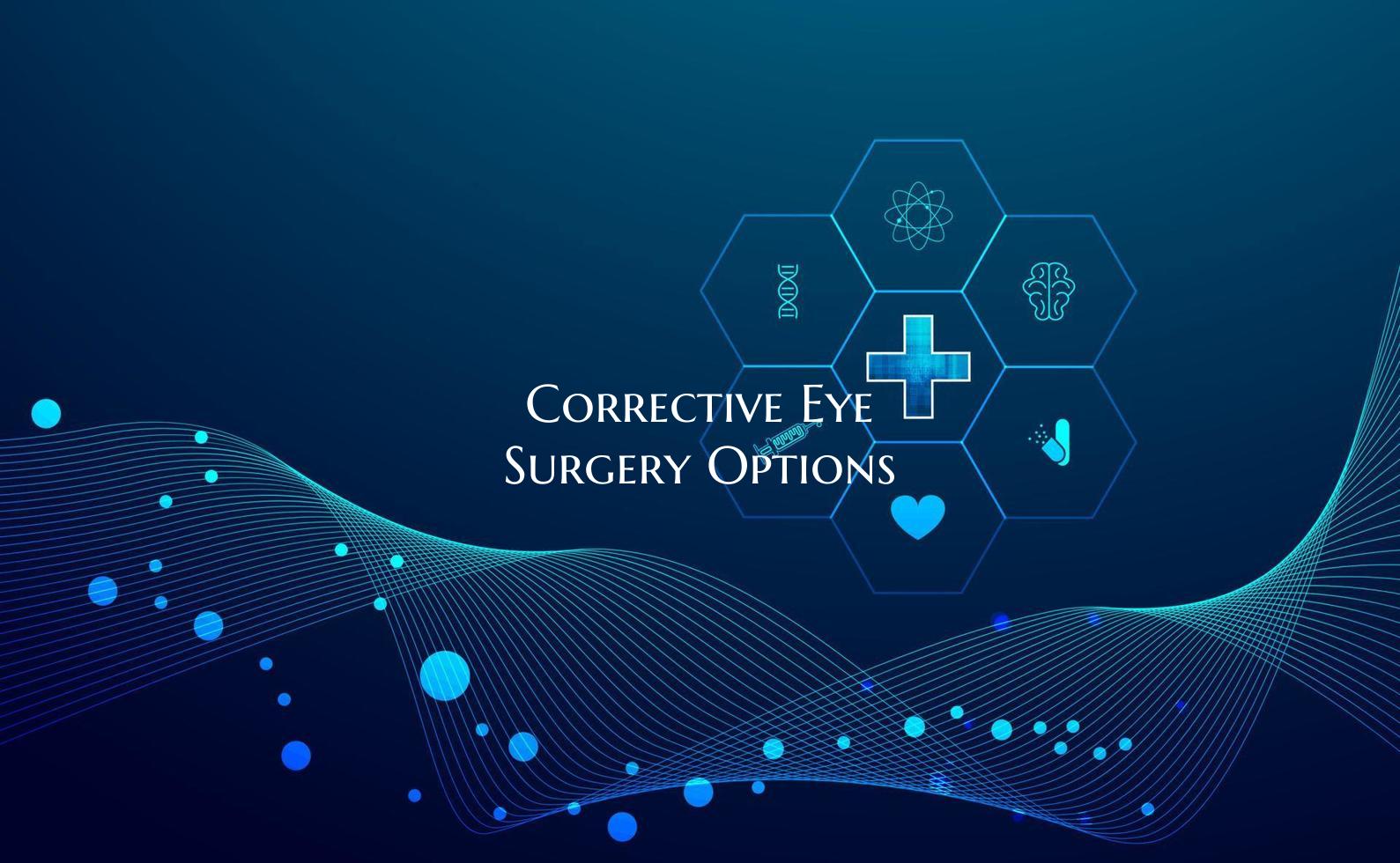
Corrective Eye Surgery Options
Corrective eye surgery, also known as refractive surgery, offers a range of options for individuals seeking to improve their vision and reduce or eliminate the need for glasses or contact lenses. Whether you are nearsighted, farsighted, or have astigmatism, there are several advanced surgical procedures available to address your specific vision needs. Here are some common corrective eye surgery options:
1. LASIK (Laser-Assisted in Situ Keratomileusis): LASIK is one of the most popular and widely performed types of corrective eye surgery. During the procedure, a laser is used to reshape the cornea, correcting refractive errors and improving vision. LASIK is known for its quick recovery time and high success rates.
2. PRK (Photorefractive Keratectomy): PRK is another type of laser eye surgery that is used to correct refractive errors. In PRK, the outer layer of the cornea is removed before the laser reshapes the cornea. PRK may be recommended for individuals with thin corneas or other factors that make LASIK less suitable.
3. LASEK (Laser Epithelial Keratomileusis): LASEK is a variation of PRK that involves preserving the corneal epithelium by using alcohol to create a flap. The procedure is similar to PRK but may result in less discomfort during the healing process.
4. SMILE (Small Incision Lenticule Extraction): SMILE is a newer type of refractive surgery that uses a femtosecond laser to create a small disc-shaped piece of tissue within the cornea, which is then removed through a small incision. SMILE is known for its minimally invasive nature and quick recovery.
5. Refractive Lens Exchange (RLE): RLE is a surgical procedure in which the eye's natural lens is replaced with an artificial intraocular lens (IOL) to correct refractive errors. RLE is often recommended for individuals with presbyopia or high refractive errors that are not suitable for other types of laser surgery.
6. Implantable Collamer Lenses (ICL): ICLs are thin, implantable lenses that are placed between the iris and the natural lens of the eye to correct vision. ICLs are often recommended for individuals with high levels of nearsightedness who may not be suitable candidates for other types of refractive surgery.
Before considering any corrective eye surgery option, it is essential to undergo a comprehensive eye examination and consultation with an ophthalmologist to determine the most suitable procedure for your individual needs and to discuss potential risks and benefits. With advancements in technology and surgical techniques, there are now more options available than ever before for individuals looking to improve their vision and reduce their dependence on corrective lenses.